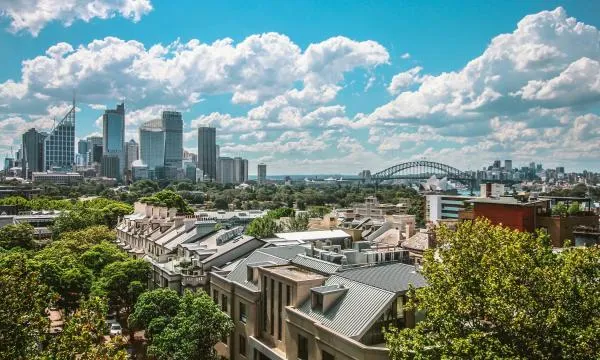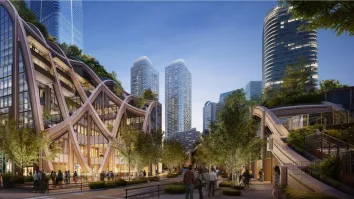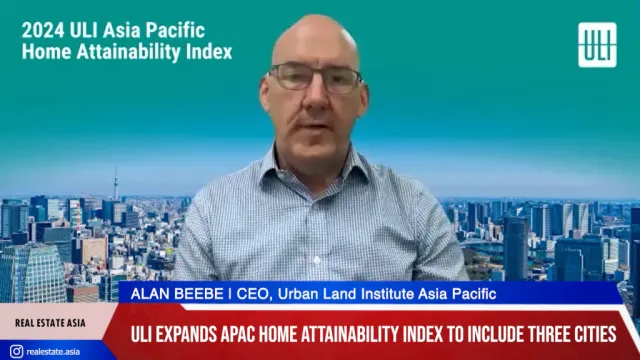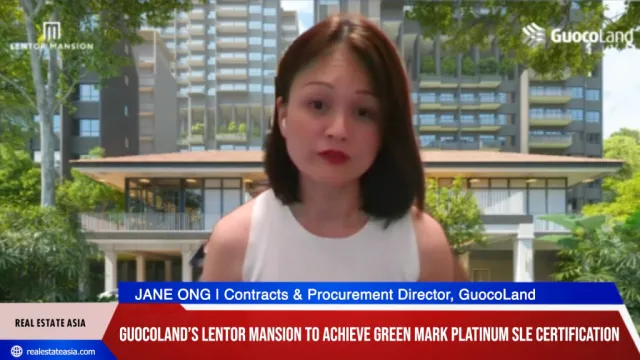
Australians struggling to pay their mortgages as housing affordability deteriorates
The deterioration was evident in all capital cities over the five months to February 2021.
Moody’s Investors Service says in a new report that housing affordability for new mortgage borrowers in Australia – measured as the proportion of household income that borrowers need to meet repayments on new mortgages – deteriorated for the five months to February 2021 due to rising housing prices.
On average, Australian households with two income earners needed 24.6% of their monthly income to meet monthly mortgage repayments in February 2021, rising from 23.0% in September 2020 and 22.7% in June and July 2020, when new mortgages were most affordable in a decade. Demand from owner-occupiers and specifically first-home buyers has been a key driver for the recent increase in housing prices.
The deterioration in housing affordability was evident in all capital cities over the five months to February 2021, with Perth remaining the most affordable and Sydney the least. But despite the deterioration, housing affordability remains better than the ten-year average of 26.1% and well under its peak of 30.7% in April 2011, as the average mortgage interest rate has nearly halved to 3.65% since 2011.
“Affordability will continue to deteriorate as prices rise in 2021. Our model shows that housing prices or interest rates would have to increase materially (by 24.9% or 225 basis points respectively) for affordability to deteriorate to its worse level in a decade. A 15% increase in housing prices combined with 100 basis point increase in interest rates would have the same impact,” says Pratik Joshi, a Moody’s Analyst.
Worsening housing affordability is credit negative for new mortgages in residential mortgage-backed securities (RMBS), though rising housing prices are positive for outstanding mortgages.
Subscribers can access the report “RMBS – Australia: Housing affordability is deteriorating because of rising real estate prices” here.



















 Advertise
Advertise






